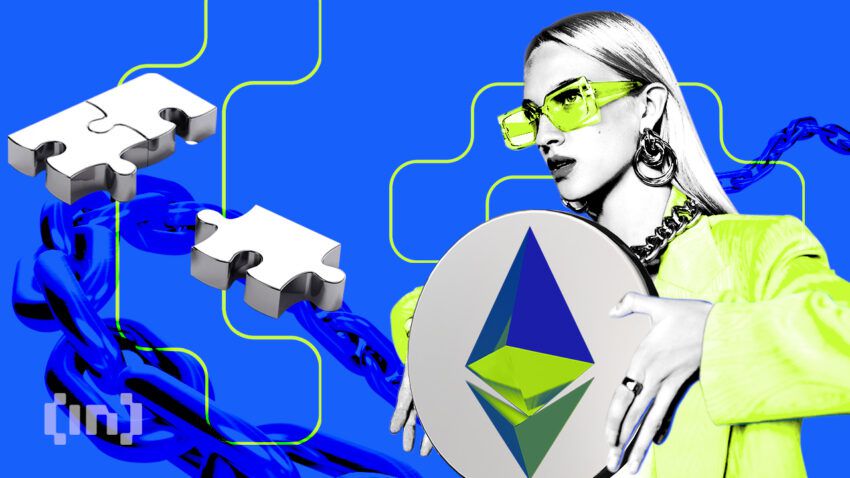In the fast-paced world of blockchain technology, staying updated with the latest trends and developments is crucial. For those involved in Ethereum, one of the most popular blockchain platforms, maintaining a functional and efficient network is of utmost importance. This is where Ethereum node tracking and monitoring come into play. In this article, we’ll dive into the significance of Ethereum nodes, why tracking and monitoring them is essential, and how you can effectively manage your Ethereum nodes for optimal network performance.
In the Ethereum network, nodes are individual computers that participate in maintaining the blockchain’s integrity. These nodes play a crucial role in validating transactions, executing smart contracts, and contributing to the overall security of the network. There are various types of nodes, including full nodes, light nodes, and archive nodes, each serving specific functions within the ecosystem.
The Role of Nodes in the Ethereum Network

Nodes serve as the backbone of the Ethereum network. They communicate with each other to reach consensus on transactions and ensure that the blockchain remains decentralized and secure. Nodes store a copy of the entire blockchain history and validate transactions by checking them against predefined consensus rules. This decentralized structure enhances the network’s security and resilience.
Why Node Tracking and Monitoring Matters
As the Ethereum network grows and evolves, tracking and monitoring nodes become essential for maintaining network health. Node operators need to ensure their nodes are consistently online, synchronized, and operating optimally. Monitoring provides real-time insights into node performance, allowing operators to address potential issues promptly.
Effective node management offers several benefits, including improved reliability, reduced downtime, and enhanced transaction processing. Monitoring enables operators to identify performance bottlenecks, allocate resources efficiently, and optimize node configuration for better overall network performance.
Challenges Faced in Node Monitoring

Node monitoring presents challenges such as data accuracy, scalability, and security. Handling a large number of nodes while maintaining data integrity can be complex. Implementing secure monitoring protocols is crucial to prevent unauthorized access to sensitive data.
Various tools and strategies are available for tracking Ethereum nodes. These range from third-party monitoring services to custom scripts that collect and analyze node data. Selecting the right tools depends on factors such as the size of the network and the desired level of detail in monitoring. Node operators can choose between real-time and historical data analysis. Real-time monitoring provides immediate insights into node performance, while historical data analysis allows for long-term trends to be identified and addressed.
Ensuring Network Security Through Node Monitoring
Node monitoring plays a pivotal role in ensuring the security of the Ethereum network. By detecting anomalies and potential security breaches, operators can take proactive measures to prevent attacks and maintain the integrity of the blockchain. Efficient node performance is critical for processing transactions quickly and reliably. By monitoring factors like memory usage, CPU load, and network latency, operators can optimize their nodes to handle increased transaction volumes effectively.
Node maintenance involves tasks like regular updates, security patches, and optimizing resource allocation. Following best practices ensures that nodes remain robust and can adapt to network changes seamlessly. As Ethereum continues to evolve, node tracking and monitoring will become even more sophisticated. Automation, machine learning, and AI-driven analytics will likely play a significant role in enhancing node management capabilities. There are common misconceptions about Ethereum nodes, including the belief that they are only relevant for miners. In reality, nodes are integral to the functioning of the entire network and benefit all participants.





